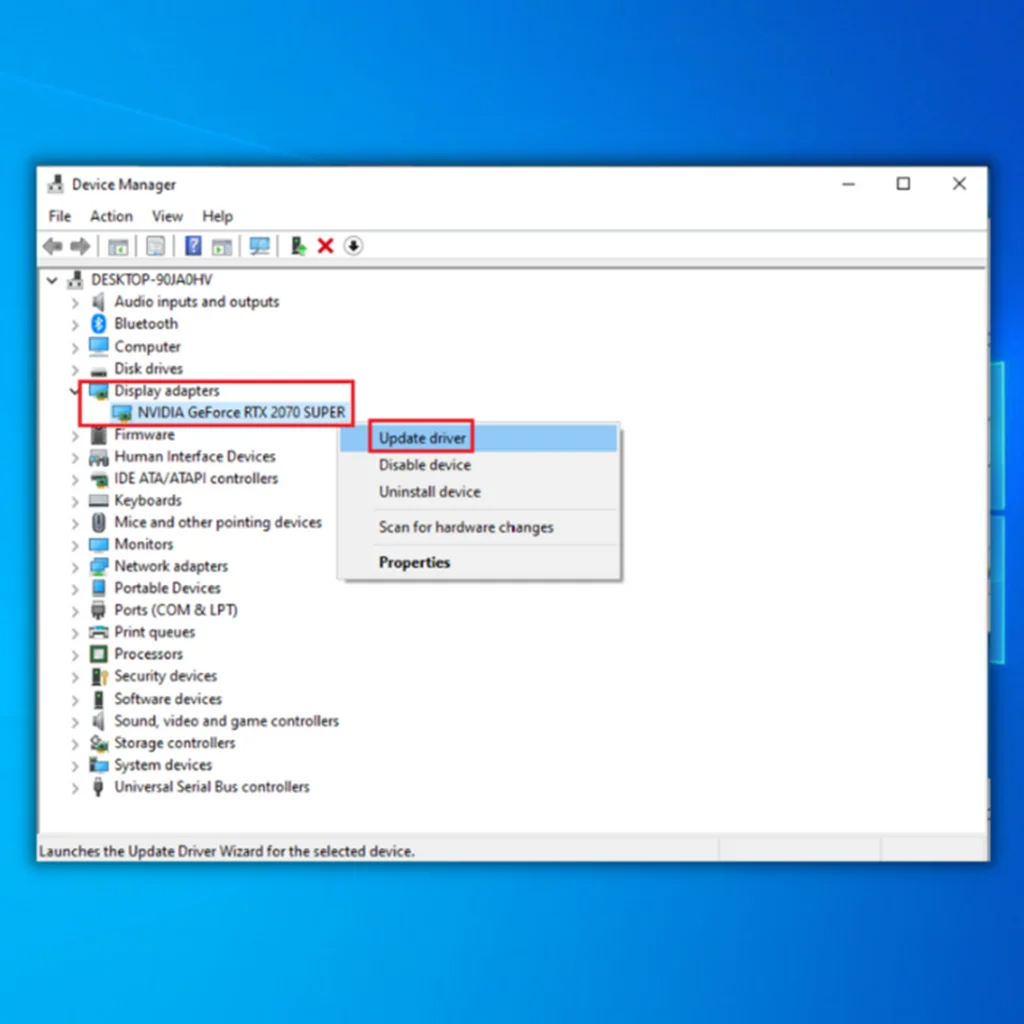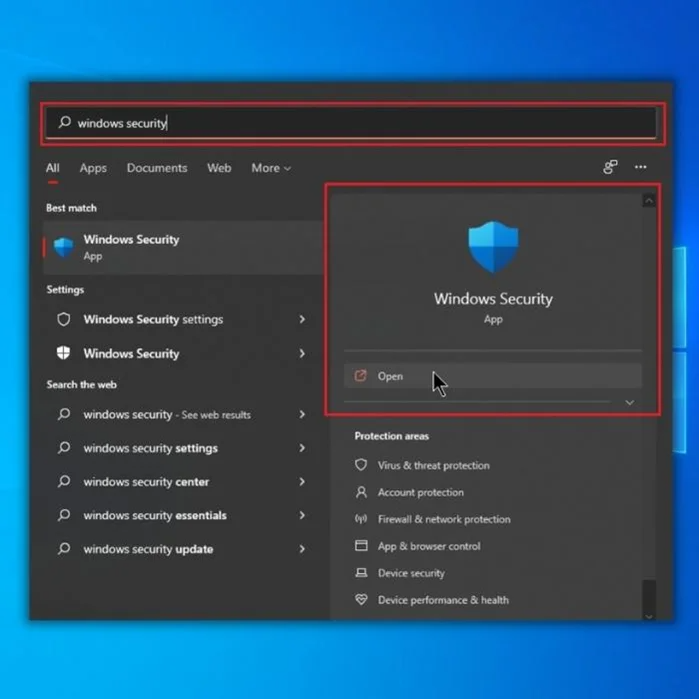![[Fixed] “Windows File Explorer is Not Responding” Error](https://cdn.techloris.com/app/uploads/2023/04/Windows-File-Explorer-is-Not-Responding.png)
[Fixed] “Windows File Explorer is Not Responding” Error
Windows File Explorer is an essential tool that allows users to navigate through their files and folders. However, it can be frustrating when File Explorer stops responding or freezes up, causing delays and interrupting work. This issue can arise for various reasons, including software glitches, hardware problems, or malware infections. If you are facing this problem, don’t worry; there are several ways to fix it. In this article, we will discuss some effective solutions to resolve File Explorer issues and get your system running smoothly again.
Common Causes of the “Windows File Explorer Not Responding” Error:
- Software Glitches: This happens when there is a conflict between programs or the software is corrupted or outdated. As a result, File Explorer stops responding, freezes, or crashes.
- Hardware Problems: Hard drive or RAM issues can cause the system to slow down or freeze. If your system is overheating, it can also cause problems with File Explorer.
- Malware Infections: Malware infections can also cause File Explorer to stop responding. Malware can damage the system files or slow down the system’s performance, making File Explorer unresponsive.
Solutions to File Explorer Not Responding to Windows
File Explorer Not Responding is a common issue faced by many Windows users. It can be frustrating when you cannot access your files and folders. In any case, there are a few solutions to this issue that you can simply attempt.
Solution 1. Restart File Explorer in Task Manager
Restarting File Explorer in Task Manager is a simple method to help resolve issues with File Explorer not responding or crashing Windows systems.
- Initiate Task Manager by pressing Ctrl + Shift + Esc.

2. Locate Windows Explorer in Task Manager, right-click on it, and select End task.

3. Click on File at the top left corner and select Run new task.

4. In the provided box, type in explorer.exe and hit Enter to reopen the file explorer. This quick method will help you verify if the issue has been resolved.
Solution 2. Clear File Explorer History
Suppose you have exhausted all the above solutions and still have not resolved the Windows Explorer not responding issue. In that case, you may want to try this method, as it has reportedly worked for 80% of Windows users who experienced the same problem.
- Open the Windows Control Panel.
2. Navigate to the File Explorer Options.
3. Clear File Explorer History by selecting the Clear button next to it under the General menu.

4. After clearing the File Explorer history, restart your computer.
Solution 3. Update Your PC’s Video Driver
As per Microsoft Support, an outdated video driver could be the reason behind errors and delays in File Explorer. Since File Explorer handles all your navigation in Windows, an outdated driver might result in its malfunction.
- To get the Start menu, click the Start button.
2. Search for and select “Device Manager.”
3. Expand the “Display adapters” category.
4. Right-click on the video card and tick “Update Driver.”

5. Click on “Search automatically for drivers.”
By performing these steps, Windows will automatically search for and install the latest video driver available for your device.
Solution 4. Create a New User Account
Some users have reported that creating a new user account resolved the problem of file explorer not responding. They could log into the new account and found that the Windows 10 File Explorer was functioning correctly.
- Choose Settings from the Start menu (gear icon).
- After choosing “Accounts,” tick “Family & other users.”
- Click “Add someone else to this PC” beneath “Other users.”
- On the “How will this person sign in?” page, click “I don’t have this person’s sign-in information.”
- Click “Add a user without a Microsoft account” on the next page.
- Enter a username and password for the new account, and click “Next.”
- The new user account will be created, and you can log in from the Windows login screen.
Solution 5. Scan Your PC for Viruses and Malware
Scan Your PC for Viruses and Malware is a common solution to fix issues with Windows File Explorer not responding. In this process, users scan their computers for viruses and malware that may be causing the problem. This can be done using various antivirus and malware removal software available for Windows.
- Type “Windows Security” in the search box on your Windows taskbar.

2. Open the Windows Security app from the search results.
3. Tick “Virus & Threat Protection” on the left sidebar of the application.

4. Click on “Quick Scan.”

Windows Defender will quickly scan your computer and alert you about any potential threats it detects. If you want to perform a more thorough scan, you can access the Scan options below the Quick Scan box. Run SFC Command in CMD to Find Errors Causes Windows File Explorer is Not Responding
Solution 6. Update Windows to the Latest Version
Keeping your Windows operating system updated with the latest version is essential to ensure your computer runs smoothly and is protected from security vulnerabilities. Regular updates can also help to fix bugs and improve the overall performance of your system. In this context, updating Windows to the latest version can effectively solve various issues, including file explorer not responding.
1. You can access the Windows Settings by right-clicking on the Windows Start menu and selecting it.
2. In the Windows Settings interface, tick “Update & Security.”

3. Go to the “Windows Update” option in the settings, and select “Check for updates.” Once the updates are available, you can download and install them to keep your system updated.

Solution 7. Change the Windows Display Settings
Adjusting the display settings may help fix the issue when Windows Explorer is not responding. Sometimes, the problem may be caused by incompatible display settings or resolutions. Changing the Windows display settings to a lower resolution can help resolve the issue.
- Right-click on the Windows Start button and select “Settings.” In the Windows Settings interface, select “System.”

2. On the “Display” panel, adjust the size of your text to either 100% or reset it to the recommended point.

3. Once you’ve made adjustments, check to see if you can access File Explorer without issues.
Solution 8. Manually Restart Windows Explorer with the Command Prompt
The Command Prompt is an alternative way to restart Windows/File Explorer. Although automated restart may not always be suitable, you can execute a command through the Command Prompt to accomplish the task.
- Press your keyboard’s Windows and R keys simultaneously to open the Run dialog box.
2. In the Run dialog box, type “cmd” (without the quotes) and press Ctrl + Shift + Enter. This will open a Command Prompt window with administrative permissions.

3. Type the command provided below in the Command Prompt window and then hit the Enter key:taskkill /f /im explorer.exeThis command will force stop the Windows Explorer process.
4. Enter the following command in the command prompt and press “Enter”:start explorer.exeThis command will restart the Windows Explorer process.
5. Close the Command Prompt window.
Solution 9. Restore Windows OS to Previous Data to Open Explorer
Restoring Windows OS to a previous date is a useful method to fix the issue of Windows File Explorer not opening. This method involves reverting your computer to a previously saved restore point, which can help to eliminate any recent changes or updates that may be causing the problem.
- Press the “Windows + I” keys to open the Settings app.
2. In the Settings app, navigate to “Update & Security” and click “Recovery”.
3. Under the “Advanced Startup” portion, select “Restart Now” to reboot your computer.

4. After restarting your computer, navigate to “Troubleshoot” > “Advanced Options” > “System Restore”. Follow the instructions on-screen to select a restore point and your system to a previous state.
Solution 10. Clean the System Space to Fix Windows File Explorer
If the system drives on your computer are low on storage space, it can cause problems like the Windows File Explorer not responding. To fix this, you can free up space on your system drive by following these steps:
- Open File Explorer and click “This PC” or “My Computer”.
2. Right-click on your system drive, usually the C: drive, and select “Properties”.
3. In the properties window, select “Disk Cleanup” and wait for the tool to calculate the amount of space you can free up.
4. Check the boxes for the files you want to delete, such as temporary and recycle bin files, and click “OK” to begin the cleanup process.

Solution 11. Run System File Checker Scan
If your Windows File Explorer is not responding, it may be due to corrupt files on your drive. Several users have reported successfully resolved the issue by running a System File Checker scan. You can try it and see if this works for you too.
- Type “cmd” into the Cortana search box in Windows 10, locate the best match, right-click on it, and select “Run as Administrator.”
- Type “sfc /scannow” into the Command Prompt window and hit Enter.
- Wait for the scan to complete, and after that, restart your computer and check if the issue has been resolved.

Resolving the “Windows File Explorer is Not Responding” Error
In conclusion, encountering errors with File Explorer not responding can frustrate and hinder productivity. However, there are several solutions you can try to resolve this issue. Many options exist, from checking for viruses and malware, updating Windows, clearing up disk space, and changing display settings, to using the Task Manager to restart File Explorer. Be sure to try them out and see which one works best for your system. With some troubleshooting and patience, you can get File Explorer up and running smoothly again.

![[Updated May 2023] Windows File Explorer Not Responding?](https://cdn.techloris.com/app/uploads/2021/02/windows-explorer-not-responding.jpg)
![[Repair Guide] Windows 11 explorer.exe Not Responding](https://cdn.techloris.com/app/uploads/2023/03/windows-11-explorer-not-responding.png)
![[Fixed] How to Fix File System Error (-2147163893)](https://cdn.techloris.com/app/uploads/2023/04/How-to-Fix-File-System-Error-2147163893.png)
![[FIXED] “File Explorer Not Responding” Error on Windows](https://cdn.techloris.com/app/uploads/2022/11/full-repair-guide-files-explorer-not-responding.png)